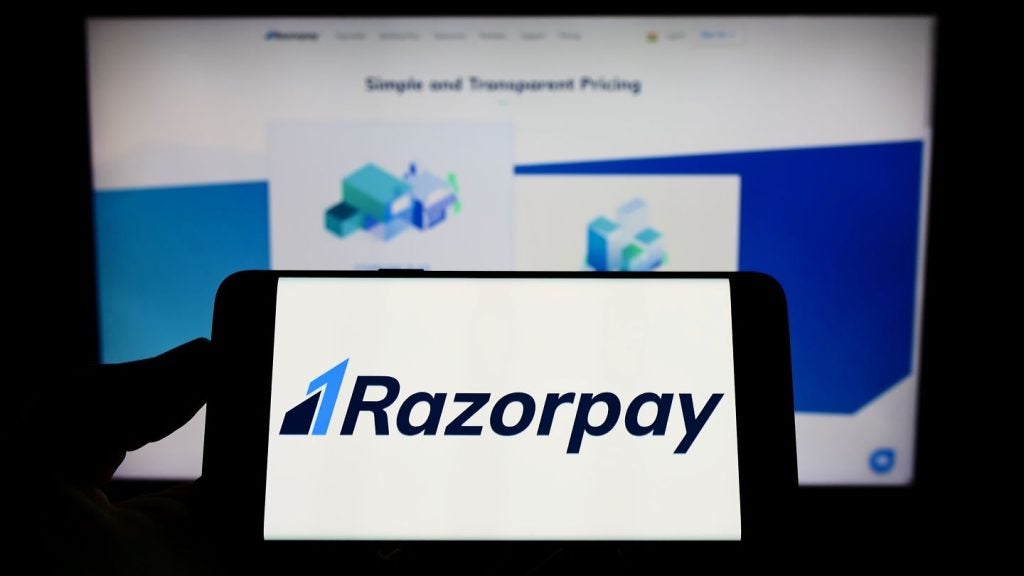facing the wrath of consumers and regulators on several issues –
controversy over interchange fees, default and late payment fees,
credit card marketing practices and rising interest rates is
building to place even more pressure on issuers that are already
having to contend with battling for market share in saturated
credit card markets.
 While interchange fees may
While interchange fees may
have dominated the regulatory agenda over the past two years, the
issue of default or late payment fees has been a bone of contention
for consumers indignant at what they claim are extortionate
charges. Regulatory and political pressure has mounted in recent
months, both in the US and Europe, with the result being that
issuers have been forced to significantly reduce the amount that
they can charge cardholders for defaulting on payments, or in the
US, to improve disclosure of such fees to consumers.
This has had a significant knock-on effect on issuer revenues,
which has forced credit card companies to try to claw back profits
in other ways. Now, it appears that annual credit card fees are
making a return to the industry.
Regulatory intervention in the UK
In the UK, the world’s second-largest credit card market after
the US, heightened consumer awareness over the practice of imposing
high default charges led to swift regulatory intervention. In April
2006, UK regulator the Office of Fair Trading (OFT) decreed that
credit card providers had to lower their default charges from an
average of £30 ($59) to £12. In its ruling, the OFT stated that
standard penalty charges imposed by card issuers were “excessive
and unfair”. The OFT also stated that such charges had led to
customers being overcharged by £300 million a year. It threatened
to take legal action to enforce the cuts if UK card issuers did not
respond – and soon, Barclaycard, the UK’s largest card issuer,
Lloyds TSB and HSBC announced that they would reduce their
charges.
Already struggling with declining profit margins on credit cards
in 2006, the issuers began examining other ways to recoup the
revenue lost from late payment charges. Several UK card issuers
increased fees on balance transfers. Lloyds TSB’s platinum and gold
card customers can take advantage of 0 percent balance transfers,
but only if they spend £100.

US Tariffs are shifting - will you react or anticipate?
Don’t let policy changes catch you off guard. Stay proactive with real-time data and expert analysis.
By GlobalDataOther issuers increased balance transfer charges by 0.5 percent.
Also, cash withdrawal interest charges have gone up, in some cases
by as much as 10 percent.
The popularity of rate-tarting (ie, switching card accounts as
rates change) is now on the wane due to the slew of recently
introduced balance transfer fees, meaning consumers are more likely
to stay with their current card. Also, credit card debt is being
repaid at a faster rate, meaning even less profit for issuers.
Need for new approaches
So how could issuers possibly make profit at a time when default
fees were under attack, balance transfers were becoming more
difficult and revolving balances were diminishing?
Earlier this year, Lloyds TSB imposed a £35 annual fee on some
50,000 cardholders who do not use their credit cards (1 percent of
its card base). Lloyds TSB said that the charge would apply to
low-usage customers, including those who do not use their cards at
all. This was mirrored by MBNA Europe, which said it would start
charging a £10 fee on accounts which had a positive balance. It
seems certain that other issuers will follow suit, and this brings
into sharp focus the possibility that free banking in the UK may be
coming to an end.
Global business advisory firm PricewaterhouseCoopers (PwC), in
its Precious Plastic 2007 report, stated that the OFT’s default fee
ruling, combined with the impact of investigations into interchange
fees and payment protection insurance, could cost the credit card
industry £1 billion per annum. PwC said that recouping this amount
would equate to an increase in interest rates of another 2 percent.
Annual fees would remain an alternative source of income – PwC
estimated that an annual fee of around £15 per card, or £35 per
average credit cardholder, would be needed to generate income of £1
billion, and that it would only be a matter of time before annual
fees once again became the norm.
Lloyds TSB’s £35 charge for its 50,000 low-usage/no-usage
cardholders would equate to revenue of around £17.5 million per
year. If such annual fees were rolled out across its entire
consumer card base, the figure would run into hundreds of millions
of pounds. For example, if the UK’s largest card issuer,
Barclaycard, with over 11 million UK cardholders, implemented a £35
annual fee, it could expect to make over £385 million a year, just
from annual fees alone – which would go some way to reducing the
impact of bad debt levels and loan provisions. As yet, though,
Barclaycard says it has no plans to implement an annual fee.
Obviously, consumer resistance to fee-charging cards will lead
to some customers shopping around for fee-free offers. However,
this is increasingly difficult in the UK due to what appears to be
a general tightening of credit and stricter acceptance criteria
implemented by the issuers – all due to the rising wave of bad
debt. This is also compounded by the fact that there is a dwindling
pool of cards that offer fee-free balance transfers.
Higher levels of household debt, and the resulting rise in bad
debts at UK banks, has forced issuers to be more discerning when
gauging consumer risk profiles. In March 2007, consumer finance
comparison website moneyexpert.com reported that nearly 3.5 million
applications for credit cards had been turned down in the past six
months, due to the increase in bad debts across the industry. This,
in turn, means that consumers, particularly those with adverse
credit scores who are hoping to shift existing balances to other
credit cards, will find it much more difficult in future, and will
likely remain with their current provider. And as more issuers
reintroduce annual fees, it means that consumers have less
incentive to shop around.
Spotlight on US fees
In the US, fees charged on credit cards have come under the
regulatory and political spotlight recently, and lawmakers have
introduced legislation designed to force issuers to be more
transparent about fee-charging practices (see page 18). The
catalyst for this came in September 2006, when the US Government
Accountability Office (GAO) published a report on the evolution of
fee-charging practices.
Over time, US credit cards have evolved in number and pricing.
From originally having fixed interest rates of around 20 percent
and few fees, there is now a myriad of offerings with varying
interest rates and a wider set of fees. This includes penalties for
late payments, which in some cases have increased to $39 per
occurrence, and interest rates of over 30 percent for cardholders
who pay late or who exceed credit limits. The report used data from
bank regulators, industry analysts and information reported by the
five largest US issuers, and estimated that the majority of issuer
revenues – around 70 percent – came from interest charges.
The remaining issuer revenues came from penalty fees and are
estimated to represent around 10 percent of total issuer revenues,
although this percentage is growing. Cards have typically lower
interest rates than in previous decades, but the structuring of
fees is far more complex. Prior to 1990, the late payment penalty
fee generally ranged from $5 to $10, but over the last decade it
has risen considerably. According to data quoted in the GAO report,
late fees rose from an average of $12.83 in 1995 to $33.64 in 2005,
an increase of over 160 percent.
Pointer from Australia
Reforms to interchange structures in Australia (see CI 375) are
also a pointer to what could happen to the US and Europe if
regulators in those markets intervened. Before the 2002 reforms,
most Australian issuers derived 5 to 8 percent of revenue from
annual fees. After the reforms, credit card fees rose
significantly. In 2002 credit card fees totalled A$425 million
($354 million); by 2005 they had increased to A$899 million, a 112
percent increase, according to Reserve Bank of Australia
figures.
US card providers have been reluctant to impose annual fees, in
part due to the vast array of cards and providers available
offering fee-free products. The GAO report found that almost 75
percent of the cards it reviewed charged no annual fee in 2005. The
report also stated that approximately 2 percent of cards featured
annual fee requirements. Cards that were likely to charge an annual
fee were those that offered a rewards programme, the most common
form being air miles.
Across the US and Europe, issuers are continuously enhancing
their rewards programmes with greater numbers of merchant partners,
and a wider variety of rewards on offer. However, this comes at
cost to the issuer, which is then passed to the cardholder – and in
Europe this cost is manifesting itself as an annual fee. And
although pressure is increasing on US issuers to improve billing
transparency, there seems to be no sign of them being forced to
lower default fees as has happened in the UK so, for the time
being, the practice of annual fees may remain dormant in the
US.







